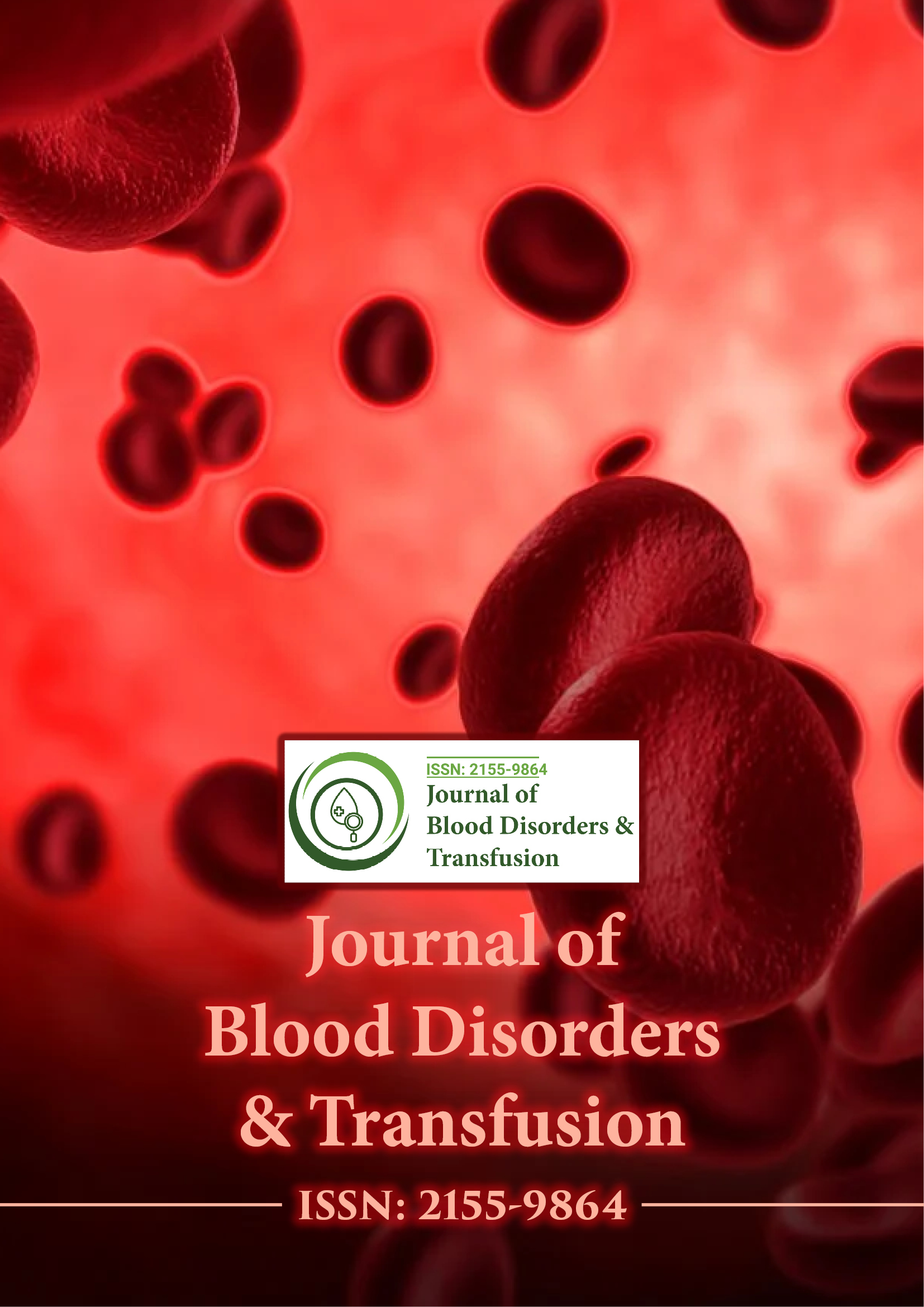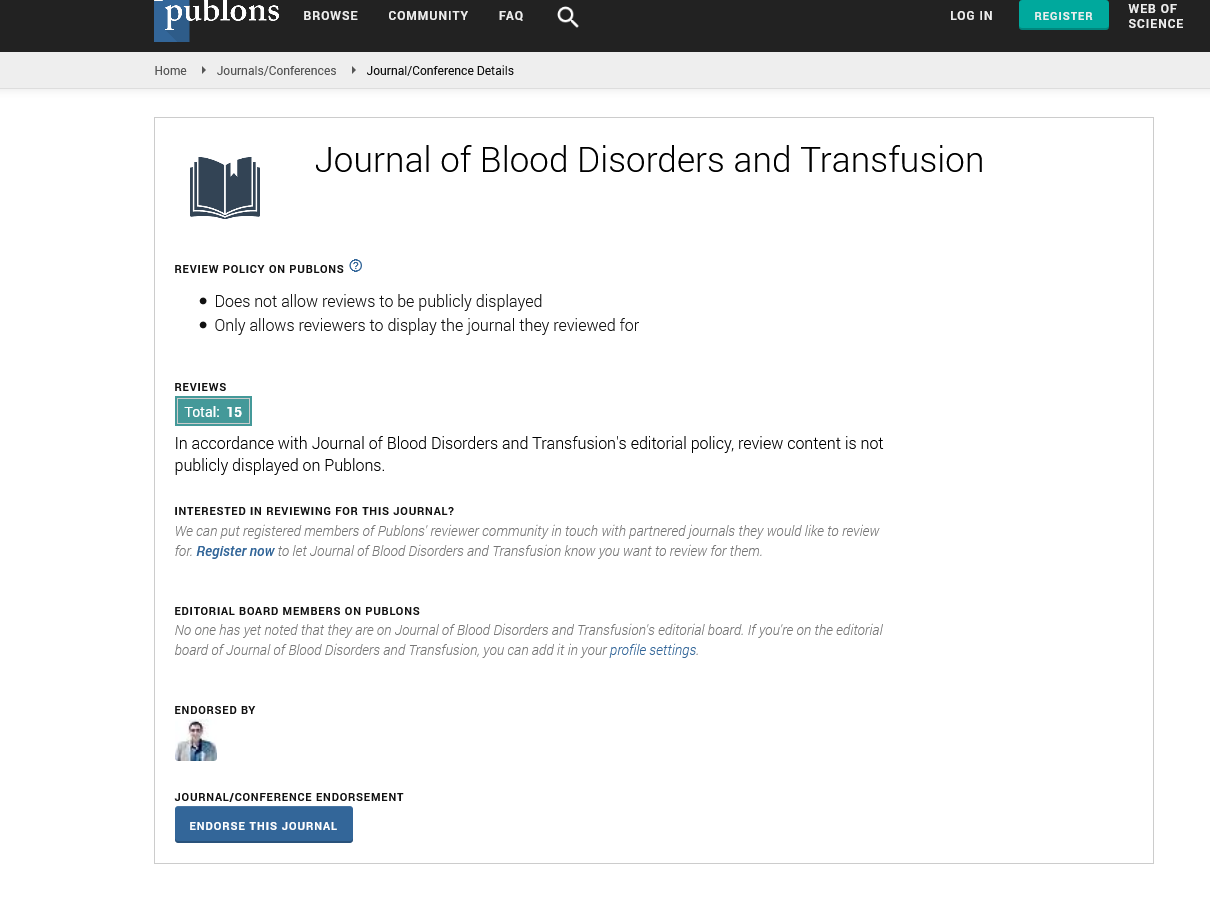Indexed In
- Open J Gate
- Genamics JournalSeek
- JournalTOCs
- Ulrich's Periodicals Directory
- RefSeek
- Hamdard University
- EBSCO A-Z
- OCLC- WorldCat
- Proquest Summons
- Publons
- Geneva Foundation for Medical Education and Research
- Euro Pub
- Google Scholar
Useful Links
Share This Page
Journal Flyer

Open Access Journals
- Agri and Aquaculture
- Biochemistry
- Bioinformatics & Systems Biology
- Business & Management
- Chemistry
- Clinical Sciences
- Engineering
- Food & Nutrition
- General Science
- Genetics & Molecular Biology
- Immunology & Microbiology
- Medical Sciences
- Neuroscience & Psychology
- Nursing & Health Care
- Pharmaceutical Sciences
Abstract
Screening Test and Education Reduce Chronic Pain Incidence after Blood Donation: Large Prospective Study from Japan
Yusuke Hagiwara, Tatsuo Nakamura, Hiroko Shima, Yoshihiko Tani, Yoshimitsu Takahashi, Kentaro Sonoki, Keishichirou Moroi and Ryu Yoshida*
Background: Venipuncture is a commonly performed procedure to obtain blood for testing or donation, but nerve injuries with persistent or chronic pain can occasionally occur. We implemented Phalen Elbow Flexion Shoulder Abduction (PEFSA) test to screen potential blood donors who may be at risk for persistent or chronic nerve pain after blood donation.
Methods: Data were prospectively collected on all blood donors at Red Cross centers in Kansai area of Japan for 5 years prior to PEFSA test implementation, and then for 2 years after test implementation. Potential donors who had positive PEFSA test were given a handout informing them of potentially elevated risk for nerve complications. All donors who had persistent pain were followed and treated at Red Cross centers.
Results: There were 3,877,975 donors before and 1,461,965 potential donors after PEFSA test implementation. 221 out of 15776 potential donors with positive PEFSA test decided to stop donation. Prior to test implementation, 98 (0.00253%) donors developed persistent pain. 19 had symptoms lasting over 1 year. 6 were diagnosed with Complex Regional Pain Syndrome (CRPS). After PEFSA test implementation, 22 (0.00151%) developed persistent pain. None had symptoms lasting more than 1 year or developed CRPS.
Discussion: Our data suggest that the PEFSA test alone do not identify high risk potential donors, but also educating the positive potential donors significantly decrease incidence of persistent pain and CRPS. To our knowledge, this is the only known intervention that can help prevent persistent pain or CRPS from blood donation.
Published Date: 2025-01-30; Received Date: 2023-08-01

